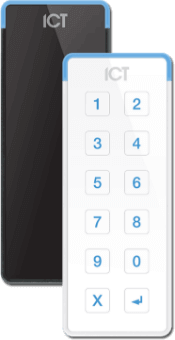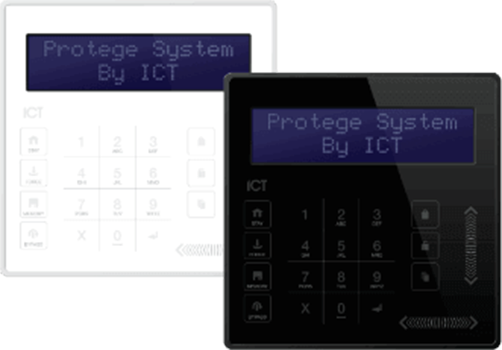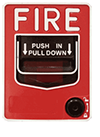Video MGMT System
 Access Control
Access Control
Voice & Data Wiring
 Burglar Alarm
Burglar Alarm
 Fire Alarm
Fire Alarm
Video MGMT System
Voice & Data Wiring
No matter what mix of analog or digital surveillance equipment a business has, it is always a good idea to know how they function. The functionality of any CCTV or IP camera video system focuses on two things: image resolution and field of view (how much ground is covered on the screen). The resolution at which a security camera records is helpful in identifying things such as license plates and facial features. The recording resolution must be accessible in real-time and later playback from a DVR recorder.
Video resolution categories can be divided up into analog CCTV systems, which are usually low definition, and digital high definition. There are many subdivisions inside these categories according to the number of pixels, screen size, and panorama (field of view). The reason why no chart dealing with video resolution comparisons would be complete without an analog section is that there are still so many low definition analog systems in use. They are often the only choice for a smaller business. Cameras using analog technology are often integrated with digital systems as hybrid surveillance security coverage. Further developments in surveillance technology have brought in panoramic megapixel cameras that can operate at a 180-degree or even 360-degree angle. The video resolution of these applications will be provided in the chart as well. The information on the resolution comparisons was derived from impartial field tests.
The terminology and numerical parameters listed below describe the image size (resolution is measured in pixels), how it is transmitted, how it looks when displayed on a screen (large or small), and how it is recorded and stored.
Starting at the beginning of the listed resolutions, a quarter CIF or QCIF will record the images in a small size, probably in black and white. The images will be blurred by the low definition, but it will be enough to capture movement rather than details.
NOT COMPLETELY SURE?
860-748-4292